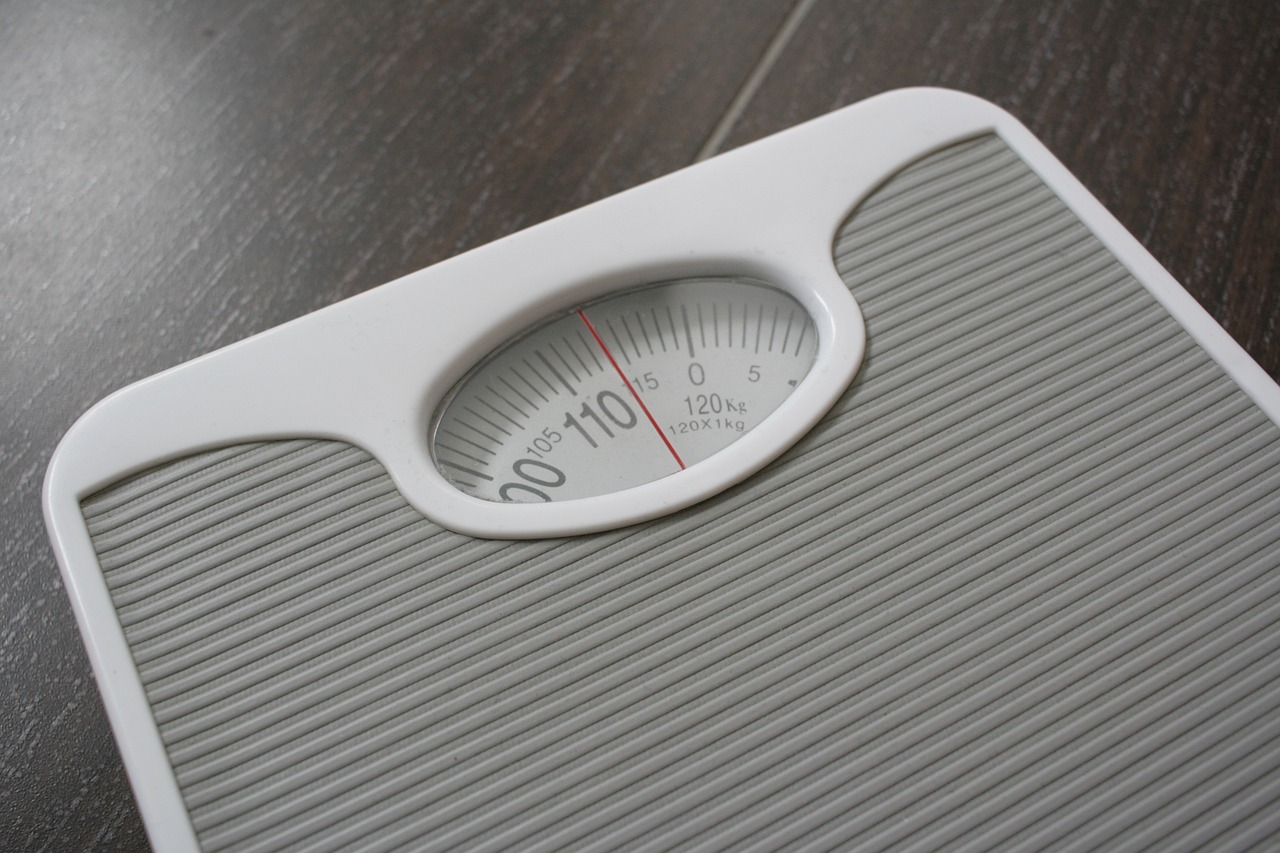As we’ve covered at length in previous posts, remote patient monitoring (RPM) is on the rise and a proven way to improve long-term patient care. Generally, RPM works when a designated peripheral device measures patient data, which is then sent wirelessly to a hub or phone application. These peripherals cover all types of metrics, from weight, to blood oxygen levels, to pulse rate. Understanding the breadth of RPM devices is a crucial step in bringing RPM to your practice, and in this post we’ve put together a list of common RPM peripherals.
Weight Scale
According to the World Health Organization, not only has worldwide obesity tripled since 1975, but being overweight kills more people globally than being underweight. As of 2016, nearly 2 billion adults worldwide are classified as overweight–a number that continues to rise and pose large-scale health concerns.
That being said, the weight scale is likely one of the most well known of RPM medical peripherals and is fairly straightforward in its function. By merely stepping on the scale, patients can learn their weight and sometimes additional measurements, such as BMI and body fat percentage.
Blood Pressure Monitor
Another critical health metric, blood pressure is an important measurement to keep an eye on, and bluetooth blood pressure monitors make this easier than ever. Around 1.2 billion adults worldwide suffer from hypertension, which is currently listed as a major cause of premature death globally (WHO). With RPM blood pressure monitors, blood pressure measurements can be taken and recorded in one click. Some devices also issue warnings when an irregular heartbeat is detected.
Pulse Oximeter
Easy-to-use and portable, a pulse oximeter measures a patient’s pulse rate, blood oxygen levels, and even their perfusion index. Devices typically clip onto the patient’s finger, and the process is fast and painless. Pulse oximeters therefore provide a quick way to check on the patient’s lung function and is commonly used amongst those suffering from respiratory ailments.
Blood Glucose Monitor/Glucometer
Across the globe, the number of people suffering from diabetes is well over 400 million–a number that is predicted to continue climbing (Centers for Disease Control and Prevention). With RPM blood glucose monitors, patients can gather data on blood glucose levels with a single prick that is then immediately sent to their bluetooth RPM hub or application.
Thermometer
Another fairly common and straightforward RPM device is the thermometer. Knowledge of body temperature metrics are useful in monitoring countless ailments, particularly shorter term ones, such as the flu.
Lung Monitor
In addition to the pulse oximeter, another device useful in monitoring lung function is a lung monitor. These devices are commonly used to monitor conditions such as COPD, cystic fibrosis, and lung transplant recovery.
Pedometer
Pedometers are small devices that generally clip to articles of clothing to monitor step count, distance moved, and calories burned.
From weight scales to pedometers, remote patient monitoring devices provide both physicians and patients with countless opportunities to make home health monitoring simple. All of the above RPM peripherals are compatible with eDevice RPM hubs, like HealthGO. To learn more about the ins-and-outs of remote patient monitoring and whether it might be a good addition to your practice, check out our full guide to RPM, our post on the benefits of RPM, and our guide to eDevice’s available solutions.




